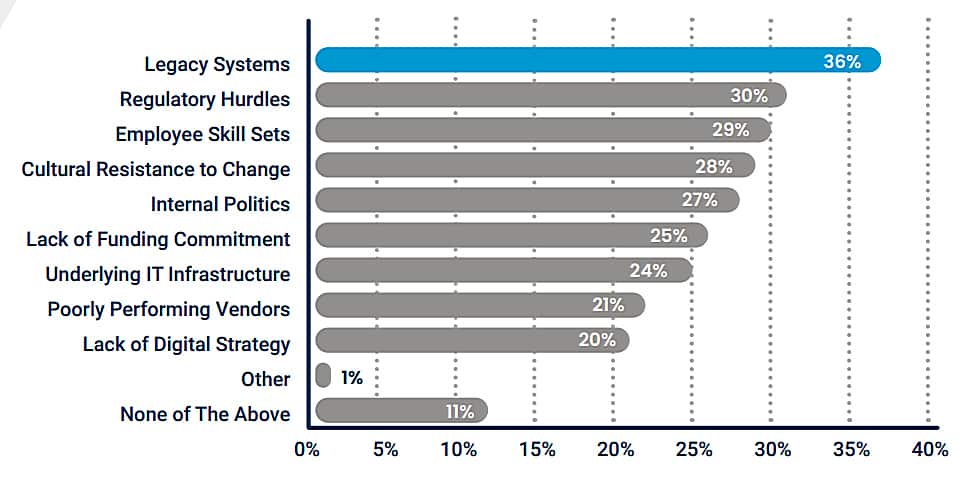IDC says digital transformation (DX) could be worth US$19 trillion in additional business value, more than 20% of global GDP.
What drives organisations to undertake digital transformation? A Hanover Research commissioned by AHEAD showed that 93% look to cut costs (77%) and improve customer experience (71%).

Those are the good news. Let’s follow it with the bad news. The same study revealed that 42% are struggling to achieve success falling behind schedule (36%) if not stalling (6%) altogether.

Like other initiatives that involve change, digital transformation projects are quietly building a reputation for failed efforts, blocked by issues like legacy systems, regulatory hurdles and employee skill sets.
FutureCIO spoke to Tim Hurman, head of Digital Transformation at Tricor Group, to get his perspective on improving the likelihood of success.
“Our multinational clients are generally doing financial transformation digital transformation and they're looking for support in terms of the services that they get delivered and we often engage with our clients during that transformation and help them plan what their internal processes or their internal service looks like as well as offer our advice on the technology and our experience,” said Hurman, in describing what drives transformation initiatives among Tricor’s customers in the region.
Asked about the most common misconceptions around digital transformation, he lamented that some customers see the initiative as solvable by merely buying a product. “People also mistakenly assume they already have the DX skills in-house and think that it's an internal activity commonly,” he added.
In his view, DX requires a lot of thought and commitment from business leaders.
Click on the video to listen to Hurman offer some helpful advice on how to increase the DX success rate.
“At Tricor, we've looked at three key technologies to support our transformation in 2020. They include RPA, artificial intelligence and machine learning, and cloud services,” confided Hurman.
The Hanover Research study lists six ways to potentially increase the chance of building a model that can help guide a successful digital transformation:
- Nominate and empower function and business leaders early on to drive the cultural change required across the organization.
- Define clear roles and responsibilities across businesses, regions, and functional support groups.
- Create complementary incentives and goals for businesses and functions to reduce conflict and optimize resource allocation.
- Establish cross-functional debriefs to keep relevant parties informed and nominate an owner to manage the process early.
- Institute a governance model with clear KPIs for each leadership team—one that supports quick, independent decision-making.
- Standardize resource and knowledge exchange to ensure that skill sets are cultivated and proliferated.




